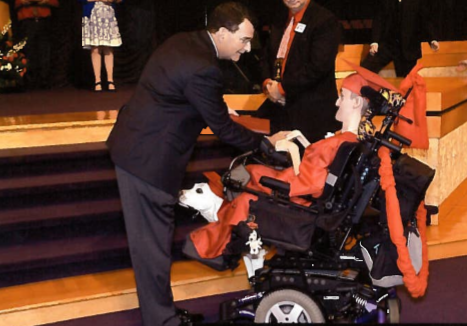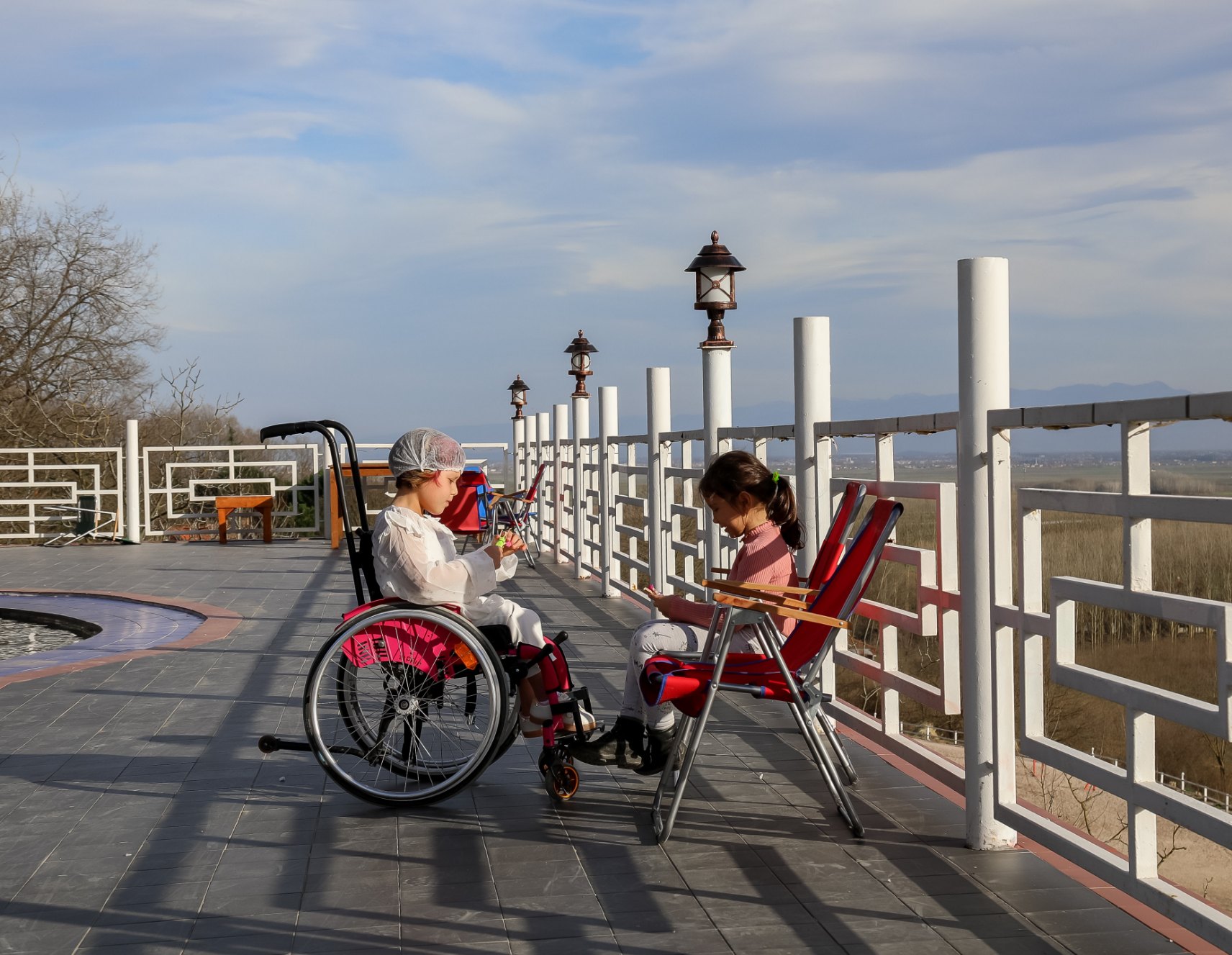Student and Learning Development – For Teachers of Students with Disabilities
- Project Lead Coaches: Dr. Stacia Barreau; Bobbi Pedrick
- Grade Bands: All
- Delivery: In-Person (preferred), Hybrid, Virtual
- Specialized to a Population: No
- Audience: General Ed, SPED & Bilingual Teachers, Principals, Other School- and District-Level Administrators
The implementation of Specially Designed Instruction (SDI) and the meaningful analysis of student outcomes related to it has evolved over the past five decades. Ensuring that special education teachers, related service providers, general educators and instructional support staff have a solid understanding of what Specially Designed Instruction looks like and the impact that it can have on narrowing the performance gap for students with special needs is the foundation for fostering student growth. In many co-teaching classrooms, special education and general education staff need to have a rich understanding of where, when, and how SDI should be utilized.

To successfully effect student growth through
SDI, staff must have a solid comprehension of formative assessment, data
analysis, specialized instructional practices, meaningful feedback loops with
students and parents, student self-assessment and the general education
standards. These skills are beyond the talents that special education staff
must have in facilitating assessments and crafting meaningful IEP goals and
objectives. Once staff learn to use the IEP as an instructional tool that
drives the use of SDI strategies, they will begin to celebrate student growth
not only on the standards but on the IEP itself.
Strategies used to impact positive change within
a system or school around weak student performance for students with
disabilities would include the development of a longitudinal plan that assures
that:
- Instructional staff and leadership access professional growth opportunities, followed by informal classroom visits that allow for informal anecdotal and statistical based feedback on a regular basis. Staff are provided with opportunities to share strategies that yielded success and those that did not.
- Instructional staff and leadership are provided the opportunity to study research-based and proven instructional strategies that specifically provide SDI around curriculum expectations as they relate to students’ areas of needed growth on the IEP. Staff have opportunities built into their schedule on a regular basis to share successful and unsuccessful strategies.
- ULLC will join school and system leadership to informally visit classrooms that will foster opportunities to norm expectations for SDI and to provide joint feedback to staff. “Schools that are closing the gap show improvement in student learning as a direct consequence of improvements in the level of teachers content knowledge and skills, which improves by providing job-embedded, school specific and sustainable feedback” Elizabeth City, Instructional Rounds in Education.
- Instructional staff are allowed to compare student outcomes between classrooms or schools where SDI is effectively occurring with those in which it is not. This can be a powerful way to stimulate a desire to improve instructional practices. “In schools that are closing the gap, team members visit each other’s classrooms regularly to do focused peer observations and there is skillful debriefing of the visit and planning of next steps” Stephen Sheldon, Director of Research, John Hopkins University.
- Based on the needs assessment of the school or system, a “state of the state of special education” is an effective, data driven tool in educating those working with students with special needs. “Leaders in schools that narrow the achievement gap make closing the gap the primary goal, set measurable goals and shrink the change” Eric Jenson, Teaching with Poverty in Mind. Using data, ULLC can assist leaders and departments of special education in designing a long-range plan for growth.
- An Instructional Coaching Tool is used to provide specific and meaningful feedback to staff.
Instructional staff will learn to design their instruction specifically based on student performance and the needs outlined in their IEP and they will celebrate their successes with colleagues and problem solve their challenges together. School and district leadership will build their understanding of what is needed to stimulate greater growth on the standards for students with special needs. IEPs will become an instructional tool as opposed to a compliance document.

